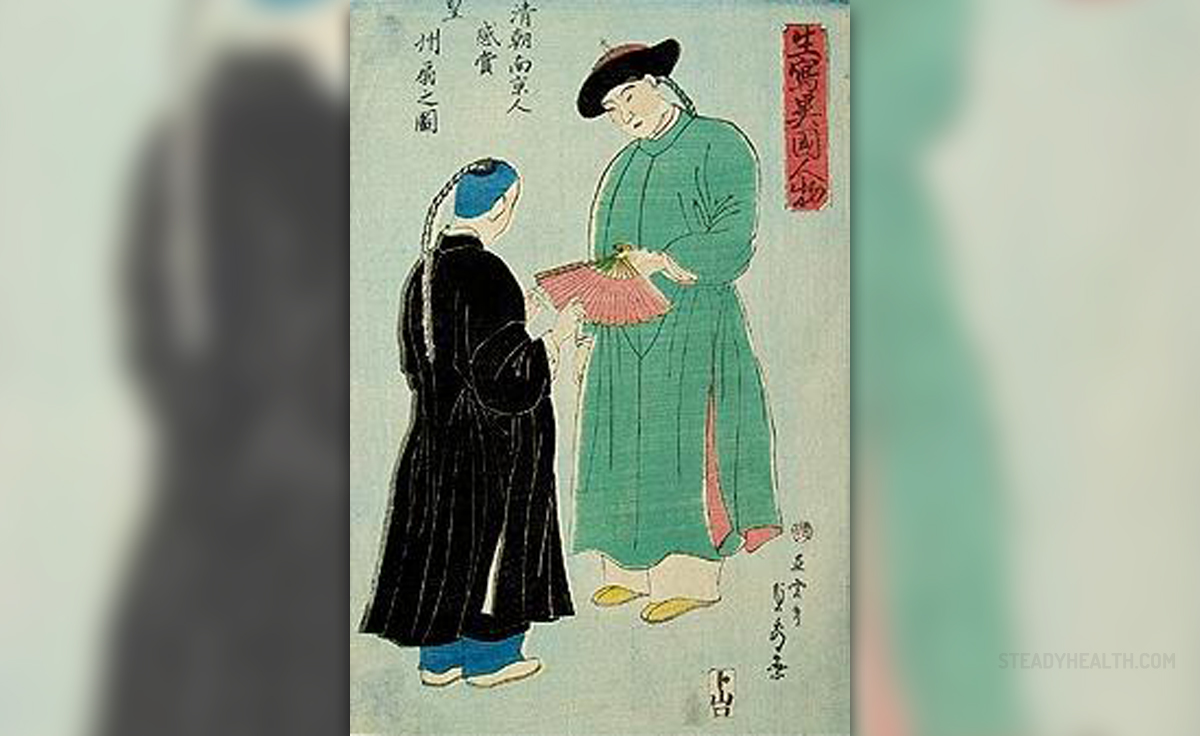
History of Traditional Chinese Medicine
Traditional Chinese medicine encompasses a wide range of practices based on over 2000 years of tradition which include herbal medicine, acupuncture, physical activity and nutritional therapy. Traditional Chinese medicine is widespread all over East Asia but is viewed as alternative in the West. In addition, there are numerous books on which the Chinese medicine is based such the Treatise on Cold Damage, the Yellow Emperor’s Inner Canon, the Five Phases, and the notions of yin yang. It should be noted that the traditional Chinese medicine does not follow the western model of scientifically supported medicine, but it has made some modifications in the mid-20th century which included adding some aspects from the science based medicine. Also, there haven’t been many research studies to support the efficaciousness of the traditional medical approach. When it comes to viewing the human body, it is composed of digestion, aging, breathing and similar functions, while health represents the harmony between the body and its surroundings. Consequently, illness is manifested as the imbalance in that interaction. The diagnostic methods include taking the pulse and inspecting the tongue. There is evidence that the first medical activities had taken place between the 14th and the 11th centuries BCE while a document on the pharmaceuticals was written during the Ming Dynasty and published in the late 16th century AD. The Yellow Emperor’s Inner Canon is the oldest book on traditional Chinese medicine found so far and it dates back to the 1st century BCE. It represents a compilation of various shorter medical stories collected from the practitioners and it is written in a form of a dialogue between the Yellow Emperor and his ministers. The text is very thorough shining light on the relationship between humans and both the environment and the cosmos. Body parts are explained in detail as are human vitality and pathology. Signs and symptoms of diseases are carefully outlined followed by diagnostic criteria and therapeutic suggestions. Unlike some other reference books, the Yellow Emperor’s Inner Canon rejects the notion of magic and gives merit to the yin yang and the Five Phases theory.The Concept of Yin and Yang
The yin yang concept dates back to the Shang dynasty (1600-1100 BC) and it represents two compatible parts of every element in the universe which can be divided. Yin and yang can be viewed as the sun facing (yang) and the shady (yin) side of a hill, water and fire, male and female, moon and sun, and many others. Further, when it comes to human bodies, the upper part with the back is considered yang, and the lower part yin. These notions are also associated with symptoms of diseases. Yin is thought to include heat sensations and their consequences, such as night sweats, insomnia, dry mouth and throat, dark urine and increased pulse. Yang, on the other hand, is represented in the body through cold sensations, such as a common cold, cold limbs, pale complexion, long urination, diarrhea and slow pulse. The medications employed in the traditional Chinese medicine are supposed to treat the symptoms by reinforcing yin and yang.Disharmony between the Human Body and the Environment
According to the notions of the traditional Chinese medicine, diseases are caused by factors including an imbalance between yin and yang, or a disharmony between the human body and the environment. The pattern of disharmony has to be traced in order to set a proper diagnosis. The elements which are looked at in order to determine the pattern are the smell of breath, the intensity of the pulse, color and shape of the tongue, the rhythm of breathing as well as the sound of voice. If the practitioner examines the tongue and pulse to trace the pattern of nose and mouth bleeds he or she would diagnose the patient with liver fire which travels upward and debilitates the lungs and on the way bursts blood vessels and causes bleeding through the mouth or nose. In such a case the treatment would include clearing the heat or supplementing the lungs. In addition, there are two sides to an illness, often translated as ‘illness category’ or ‘entity’, and ‘pattern’. The two aspects complement each other in such a way that the illness category of a cold in one patient represents a pattern of wind-cold, while in another the pattern of wind-heat. From the point of view of the western medicine, the illnesses listed in traditional Chinese medicine books represent symptoms, such as constipation, headache, sneezing, and so on. It is important to note that the course of treatment is not chosen based on the illness category but its pattern instead. Individuals with the same illness category but different patterns are assigned different therapy. Similarly, two persons with the same patterns but different illness entities will also be recommended the same courses of treatment.


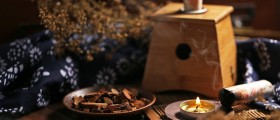




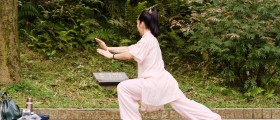
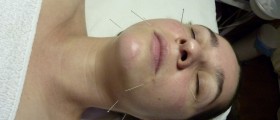
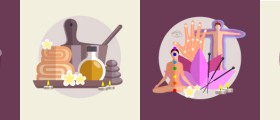


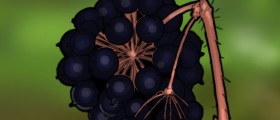



Your thoughts on this
Loading...